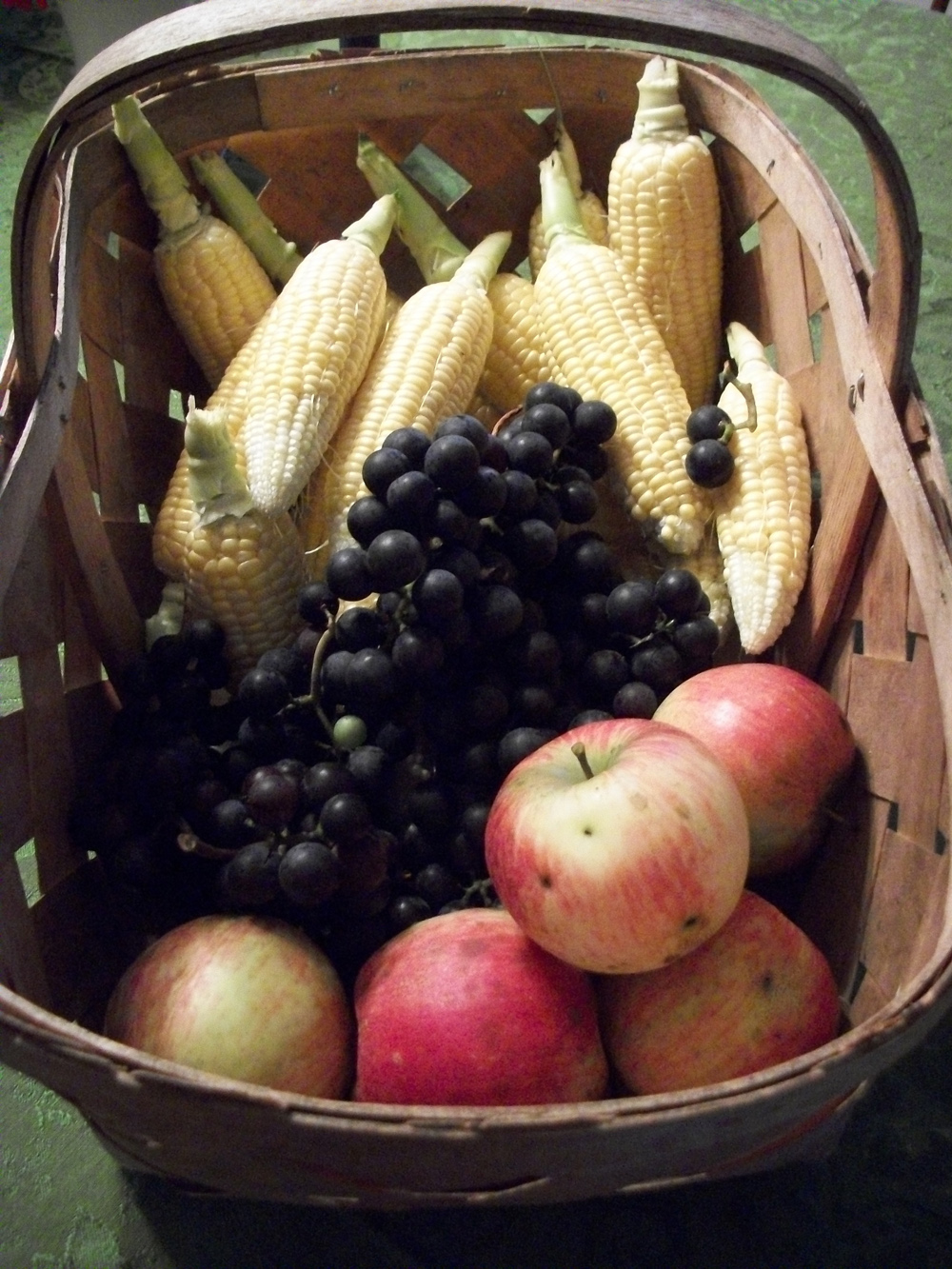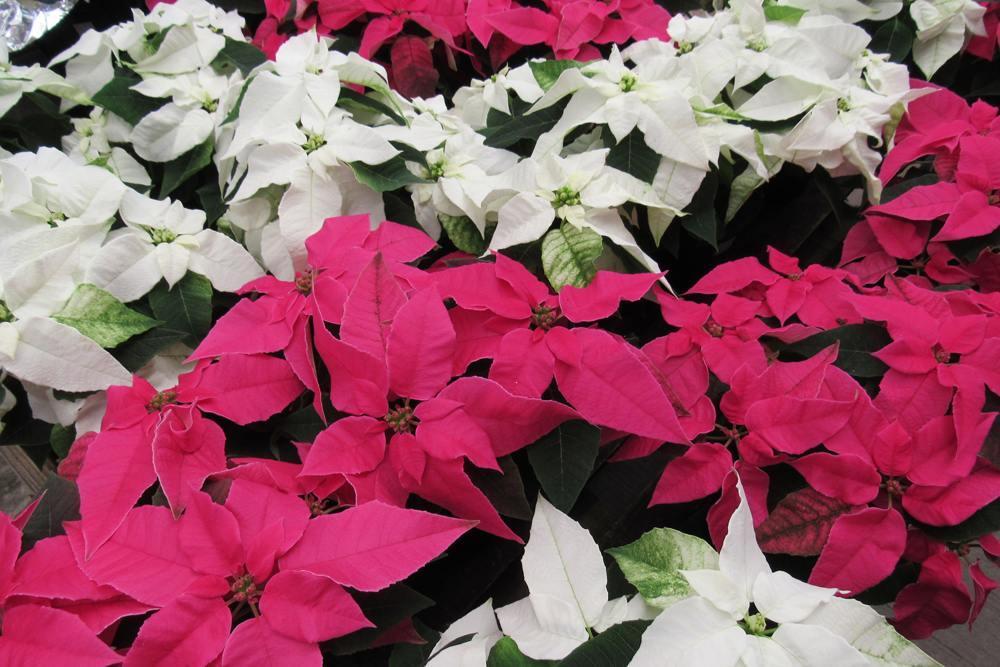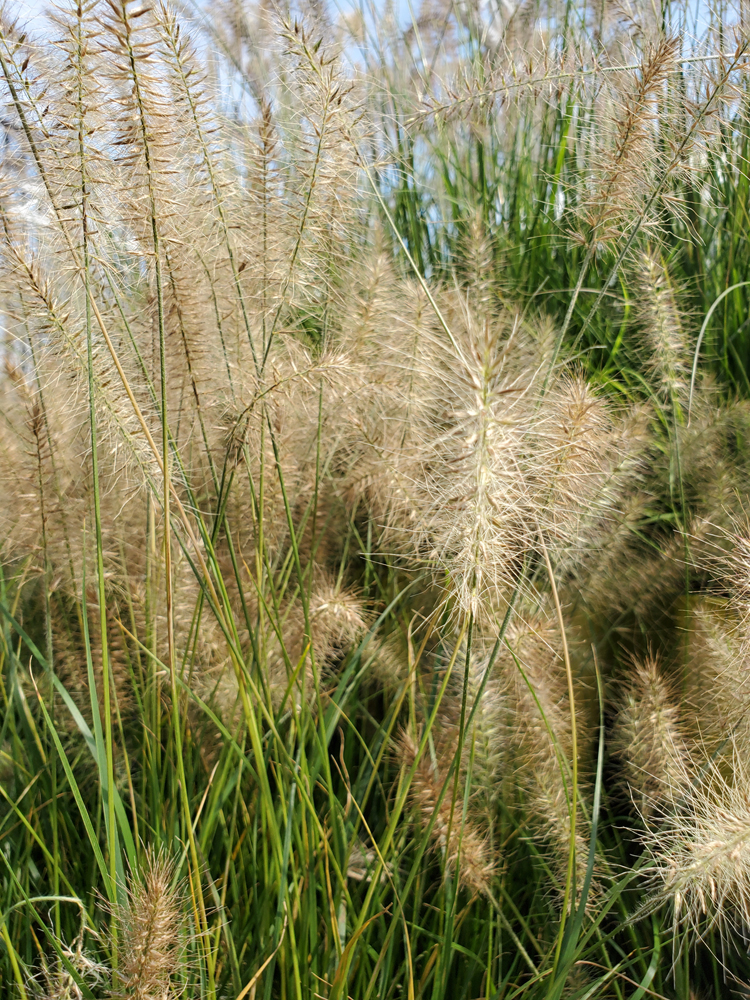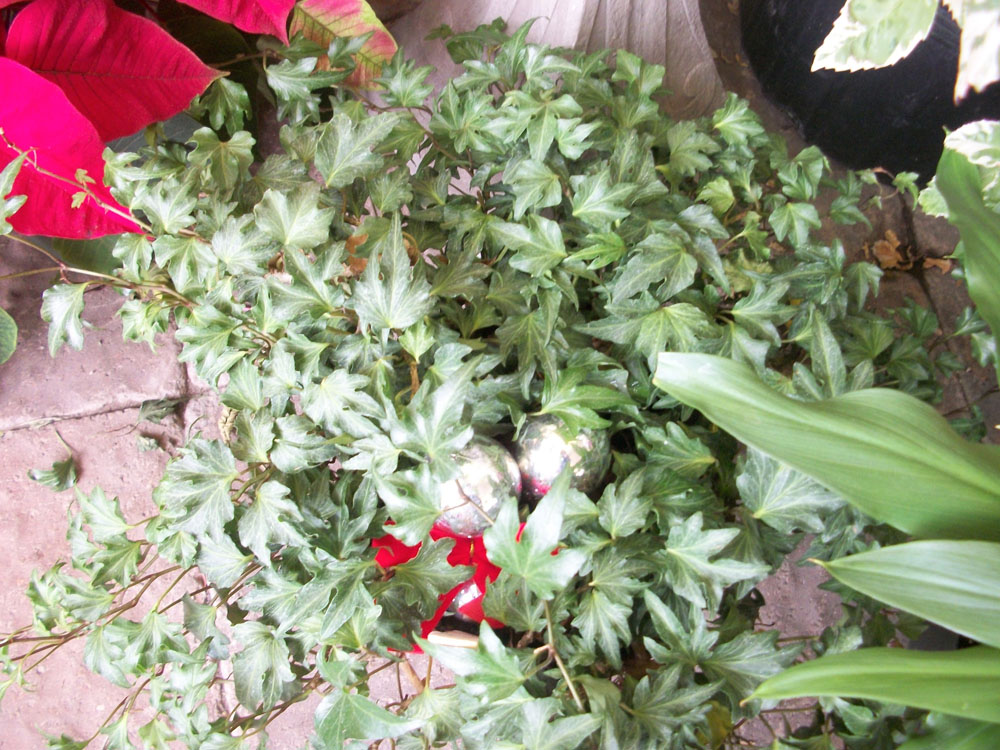Garden Spring Cleaning … or not …
My spring garden clean-up continues as the tulips and early flowering shrubs and trees begin to bloom. I confess, one reason I like organic gardening is because it plays into my weakness to be lazy about certain gardening chores.
Don’t get me wrong, I love the look of a well-manicured garden, free of weeds and disease and neatly mulched, but that kind of perfection is difficult to attain, and maintain, and in some ways, keeping a few areas of your garden – both vegetables and flower plantings – less tidy can help provide valuable habitat for gardening friends.
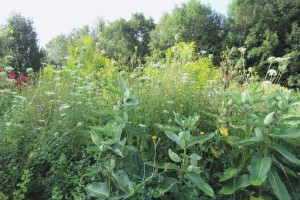
It’s a bit embarrassing to admit – but this is a corner of my largest vegetable garden. It contains currant bushes and unruly herbs like mint, oregano and garlic chives … and plenty of weeds … I finally gave up trying to keep it in check last year and now it is my “pollinator/beneficial insect habitat.” The Queen Anne’s Lace and Goldenrod attract and provide habitat for beneficials. Note the milkweed at the front; it provides a spot for Monarch butterflies to lay their eggs and food for Monarch caterpillars. Garden areas left in this unruly “natural state” can help keep your landscape bustling with life. K. Gabalski photo
I was reminded of this recently as I worked to clear an area of my vegetable garden, which contains a blackberry bush and a few winterberry holly shrubs. As I was pruning back the blackberry and removing dead weeds, I came upon one of my gardening friends, a rather large toad, sunning himself. Frightened by my proximity, he dug back under the leaves and small twigs that had likely been his home all winter. I decided to leave his habitat alone, as toads and frogs are great at eating harmful insects.
It’s important to remember gardens not only provide us with beauty and nourishment, they are habitat for others – the wild creatures that bring our landscape to life – toads, bees, birds and butterflies – all of which are helpful to gardeners.
I know birds can be destructive to my fruit crops, but they bring song to the garden and they help to control insect pests. Providing them with places to roost, nest and perch keeps them close by. That means keeping trees, shrubs and perennials throughout your landscape. Bird houses can provide places for cavity nesters to lay eggs and care for their young.
Beneficial wildlife also needs water, food and cover. Rocks and pebbles placed in a birdbath give insects a place to land without drowning. Toads and frogs enjoy tiny basins or containers of water sunk into the ground. Ground-level insects also enjoy a clay saucer with a small amount of water and pebbles or rocks.
To help prevent mosquitoes from breeding, refresh the water frequently or stir the water as you work in or walk through the garden.
Remember that beneficial insects need some pest insects on which to feed. Try to be tolerant of a certain level of aphids, slugs, caterpillars, etc. around your garden. Staying pesticide-free is also important for beneficial insects and wildlife. Flowers and herbs attract beneficials and growing them amongst your vegetable plantings attracts both pollinators and predatory insects.
Don’t forget about shelter. Beneficials need spots to hide both themselves and their eggs. Permanent plantings such as shrubs and perennials can provide for this in the growing season, as can mulch. In fall and winter, leave some perennial foliage to help harbor eggs. Erie County Master Gardener Sally Cunningham recommends building a mulch boundary – a slight mound of dead leaves, straw and twigs around the edge of your garden in the off-season for overwintering beneficials.
Overall, keeping your garden neat and tidy can help fight disease and improve appearance, but a little bit of “messiness” here and there goes a long way to keeping your garden vibrant, healthy and alive.



